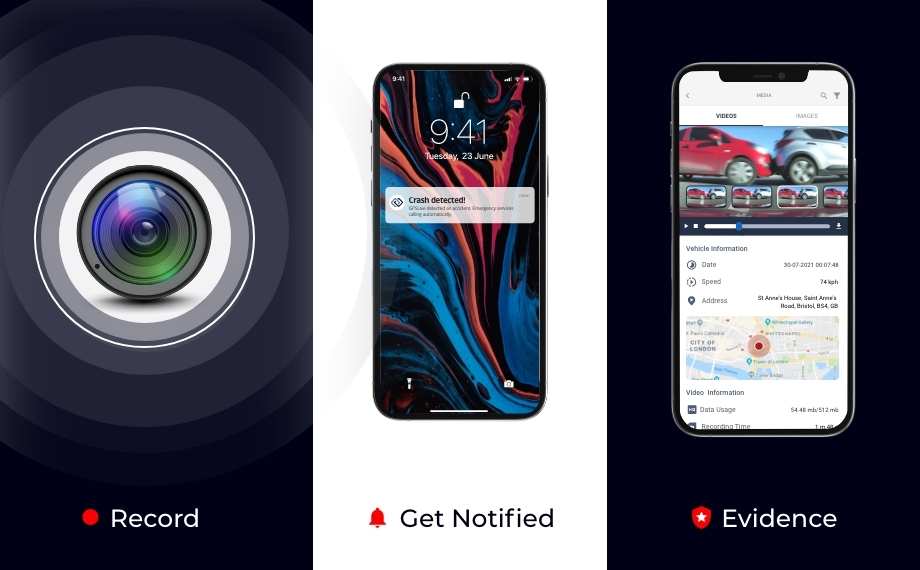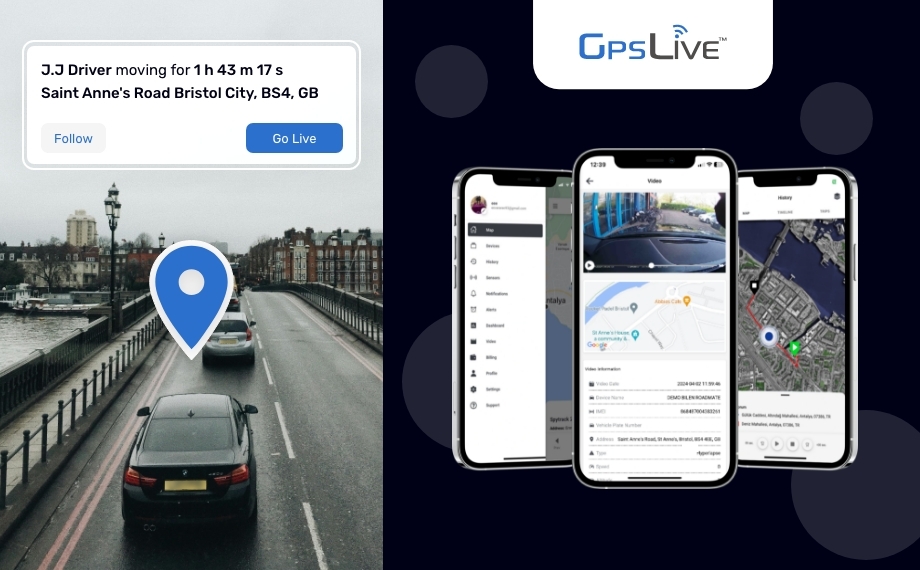All the information available at our fingertips has simplified life today. From ordering food online to tracking its status, we have control over how we access each data point. Not to forget, automation has also made data accessibility more straightforward.
The business world, including the automobile industry, significantly benefits from innovative solutions that improve operations and efficiency. Creative solutions like GPS tracking devices, IoT-based technologies, and vehicle security systems have transformed the transportation industry.
One of the latest advancements that logistics and individual car owners are adopting is a dash camera. A dash camera is a small camera installed on the vehicle’s dashboard that records the entire journey. With video footage of each trip and events that happen along the way, dash cameras help with safety enhancement.

The first dash camera was developed in the United States in the 1980s and was used by a police officer in a patrol vehicle. Over the years, emerging technologies have introduced cutting-edge features that make dash cameras a powerful and must-have.
Some of the features of dash cameras;
- Dual-facing dash cameras have an inward lens that records footage inside the cabin.,
- Dash cameras are wireless and 4G-connected–all you need is a solid mobile data network for video recording and processing.
- Dash cameras have built-in G-sensors that provide benefits similar to those of a GPS tracking device. You can track the vehicle’s location in real-time along with other vehicle data.
- Dash cameras offer real-time alerts and notifications on reckless driving practices, distracted driving, unauthorised routes, etc.
- Artificial intelligence in dash cameras detects incidents and impacts. For example, during accidents or collisions, it detects impact and notifies vehicle owners in real-time. This way, they can know if something destructive has happened and reach the site immediately.
In addition to the above features, dash cameras offer live-streaming capability.
What is Live Streaming in Dash Cameras?
Simply, live streaming enables fleet managers to view live video from a dash camera remotely. It implies they can view the video anytime, anywhere, in real-time. They can view the live footage directly on their desktop or mobile.

So, whether on-road activities or inside-cabin movements, they can view everything in and around the vehicle in real-time. This allows fleet managers to foster quick decision-making as data is continuously flowing to them. You can view live streaming of any dash camera for any length of time.
Why Choose a Dash Camera with Live Streaming Feature?
Vehicle tracking devices provide information about location, speed, and vehicle. However, dash cameras provide visual context for each action or activity.
Reduce Data Manipulation
Telematics notifies fleet managers if drivers take any unauthorised routes. But they don’t know the actual reason behind it. It can be a criminal asking drivers at gunpoint to do so or drivers taking the road to onboard extra passengers and try to earn some extra money. Live streaming reduces the guesswork–quickly!
Through live streaming, fleet admins can view both on-road and in-cabin video recordings and get an idea of what is happening. If it is the initial scenario, they can immediately take necessary action and inform the local police authorities with real-time location details. If it is the latter, they can command drivers to follow the prescribed route, help drivers align with company culture, and fix improper attitudes.
With real-time video transmission, fleet companies can do vehicle surveillance, mitigating the chances of data manipulation, as they have strong evidence at their fingertips.
Remote Monitoring and Training
How drivers perform on the road is very important for any fleet business. Drivers must obey traffic rules and regulations to ensure safe driving and reduce accidents. G-sensors of dash cameras notify fleet admins of over speeding, hard braking, cornering, etc. They can livestream that particular vehicle when receiving such notification to monitor drivers’ driving behaviour
While viewing the footage remotely, fleet admins can alert drivers of their actions and guide them to improve their driving skills. Live streaming makes it easy for fleet admins to contact drivers, enhancing communication and collaboration. With real-time training and tips, drivers will have to follow traffic and company regulations to avoid any conflict.
Quick Decision-making
Some situations demand quick decision-making, such as thefts and accidents. For instance, if a thief breaks into the vehicle and threatens drivers, live streaming can help you know that drivers are in danger, which otherwise would not be possible. Fleet admins can live stream the video as soon as they receive an incident response, route change alert, or notification of an unusual event taking place.
They can involve police authorities and try to save drivers. Likewise, live streaming can provide real-time footage of on-road and in-cabin to understand what caused the accident and if drivers are safe. Fleet admins can take proactive steps, send immediate emergency assistance, and ensure drivers are safe and sound.
Wrapping Up
Live streaming is extremely helpful for commercial fleet businesses to improve fleet management. With the ability to monitor every moment in real time, companies can reduce accidents, save money, and ensure efficient operations. More visibility and control of operations with the ability to make data-driven decision-making gives you a competitive edge, increasing the bottom line


